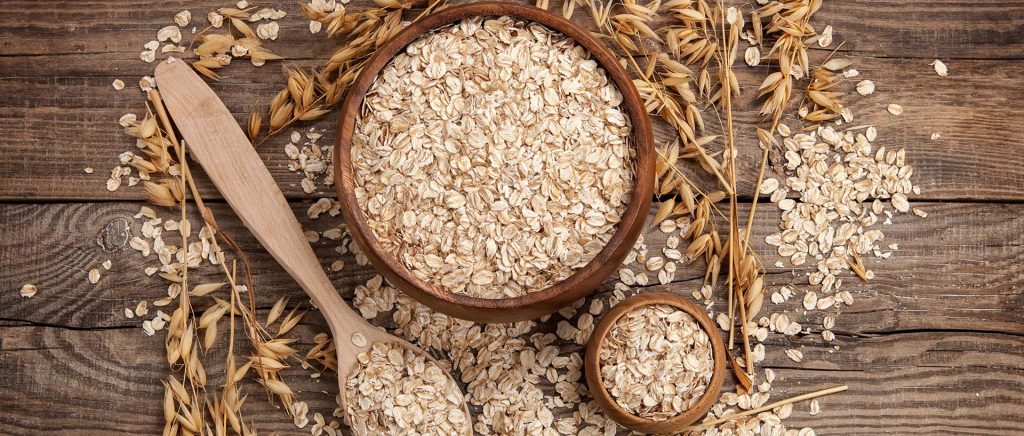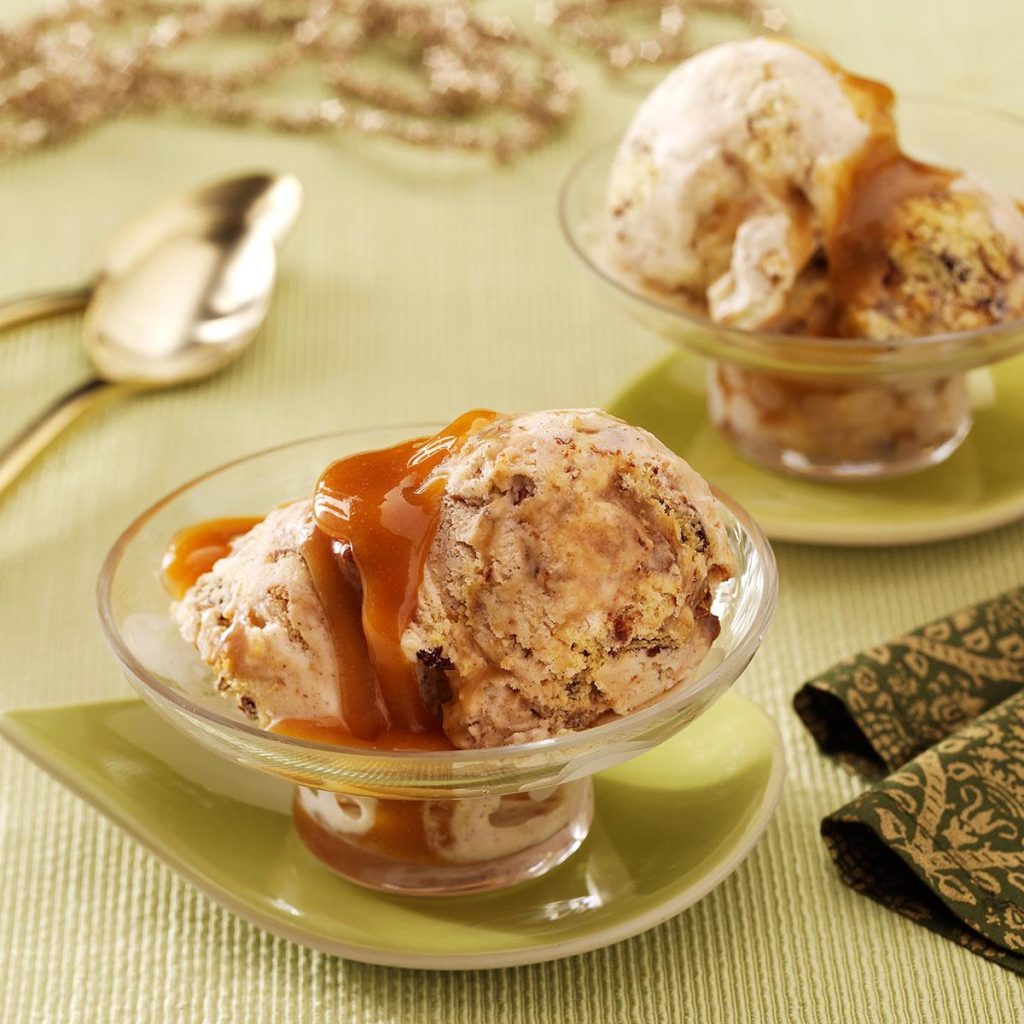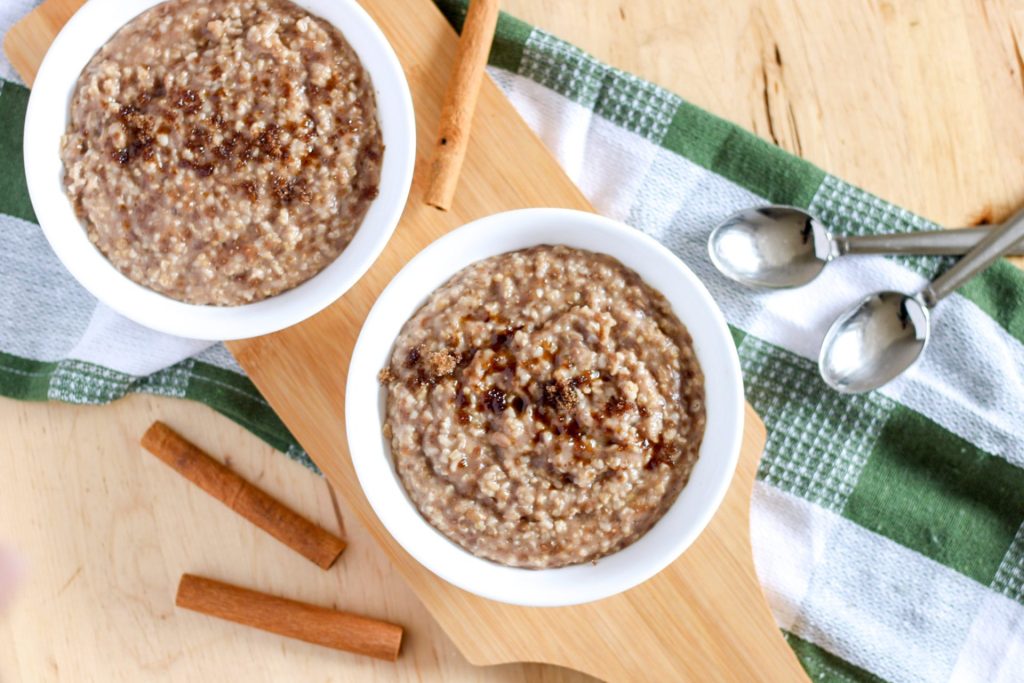With its warm and comforting aroma, Cinnamon has long been a beloved spice in sweet treats and baking worldwide. From ancient times to the present day, this versatile and flavorful spice has found its way into a wide range of desserts, infusing them with a distinctive taste that evokes fond memories and a sense of home.

In this article, we embark on a delectable journey to explore the role of cinnamon in various sweet treats across different cultures. Let’s indulge in the enticing world of cinnamon-infused baking delights from traditional favorites to modern creations.
The Ancient Roots of Cinnamon in Sweet Treats
The ancient roots of cinnamon in sweet treats trace back several millennia. Cinnamon, derived from the bark of the Cinnamomum tree, was highly prized by ancient civilizations for its exotic and enticing flavor. The spice’s earliest recorded use dates back to ancient Egypt, where it was employed not only as a culinary delight but also as an embalming agent and incense in religious ceremonies.
In ancient Rome and Greece, cinnamon was a symbol of luxury and was used to enhance the taste of various desserts, including cakes, pastries, and sweet wines. During the Middle Ages, cinnamon became a valuable commodity sought after by merchants along the renowned spice routes.
As trade flourished between East and West, cinnamon found its way into the heart of Europe, where it quickly became an integral ingredient in sweet treats and baked goods. From medieval spiced fruitcakes to the cinnamon-infused honey pastries of the Middle East, the allure of cinnamon in sweet delights spread far and wide, leaving a lasting impression on global cuisine. To this day, cinnamon remains an indispensable and cherished spice in sweet treats, honoring its ancient heritage and connecting generations through the joy of baking.

Cinnamon Rolls: A Global Love Affair
Cinnamon rolls, with their delectable combination of soft dough, cinnamon-sugar swirls, and luscious icing, have captured the hearts of people around the globe. This sweet treat symbolizes comfort and indulgence, inspiring a global love affair with its irresistible aroma and taste.
The origins of cinnamon rolls can be traced back to Sweden, where the classic “Kanel Bullar” was first created. Over time, this delightful pastry made its way to other countries, each adopting its unique twist. In the United States, cinnamon rolls are often larger and generously glazed, becoming a staple of breakfast and brunch tables.
Throughout Europe, from Germany to Denmark, various versions of cinnamon rolls have been embraced, reflecting each culture’s baking traditions. In Asian countries, such as Japan and South Korea, cinnamon rolls have also found a special place in bakeries and cafes, adding a touch of global charm to local culinary scenes.
Cinnamon rolls have transcended borders to become a beloved indulgence worldwide, whether enjoyed as a breakfast treat, afternoon snack, or dessert. The universal love for cinnamon rolls continues to grow, a testament to the enduring magic of this delightful pastry.

Cinnamon in Traditional Desserts
Cinnamon is cherished in traditional desserts across cultures, infusing them with its warm and aromatic essence. From ancient times to the present day, this versatile spice has been a key ingredient in creating timeless sweet treats that evoke a sense of nostalgia and cultural heritage.
Cinnamon takes center stage in various cuisines in a range of traditional desserts. In Mexico, “Arroz con leche” (rice pudding) is enriched with cinnamon, giving it a comforting and familiar flavor. In Morocco, “Bastilla,” a delectable sweet and savory pastry, features cinnamon-spiced layers of phyllo dough filled with nuts and aromatic spices.
Indian desserts, such as “gulab jamun” and “kheer,” incorporate cinnamon to add depth and complexity to their flavors. In the Middle East, “baklava” features layers of flaky pastry, nuts, and a hint of cinnamon, resulting in an indulgent delight.
The use of cinnamon in traditional desserts extends across Europe, with countries like Sweden featuring “semlor” (cardamom-spiced buns with almond paste and whipped cream) and Denmark boasting “kanelsnegle” (cinnamon snails).
Through centuries of culinary evolution, cinnamon has remained an essential element in these treasured desserts, connecting generations and preserving the cultural richness of sweet traditions.

Cinnamon-Spiced Pies and Tarts
Cinnamon adds a delightful warmth and depth of flavor to various pies and tarts, making them even more irresistible and comforting. Whether it’s fruit-filled pies, custard tarts, or nut-based delights, adding cinnamon enhances the overall taste and elevates these classic desserts to new heights.
In fruit pies, such as apple, pear, or cherry, cinnamon combines harmoniously with the natural sweetness of the fruits, creating a perfect balance of flavors. The aromatic spice adds a touch of spiciness that complements the juicy and tender fruit fillings, making every bite a delightful experience.
For custard-based tarts, like the French “tarte au citron” (lemon tart) or the classic “egg custard tart,” cinnamon infuses the creamy custard with a warm and cozy undertone, harmonizing beautifully with the tangy or rich flavors of the filling.
Cinnamon also shines in nut-based pies and tarts, such as pecan pie and almond frangipane tarts. The spice blends seamlessly with the nutty flavors, providing a captivating contrast that leaves a lasting impression.
Whether enjoyed on special occasions, holidays, or just as a sweet indulgence, cinnamon-spiced pies, and tarts offer a delightful symphony of tastes and textures, reminding us of the simple joys in a well-made dessert.
Cinnamon in Cookies and Biscuits
Cinnamon’s warm and aromatic charm makes it a popular addition to various cookies and biscuits, infusing them with an enticing and comforting flavor. From traditional family recipes to contemporary creations, cinnamon plays a prominent role in these beloved treats.
Classic cinnamon cookies, like Snickerdoodles, are coated in a delightful mixture of cinnamon and sugar, giving them a distinctive look and taste. The spice also finds its way into gingerbread cookies, adding a lovely twist to this beloved holiday treat.
Cinnamon-spiced biscuits are a delightful accompaniment to tea or coffee in many cultures. Whether it’s the German “Zimtsterne” (cinnamon stars), the Dutch “Speculaas” cookies, or the Scandinavian “Kanelkakor” (cinnamon biscuits), these treats hold a special place in their respective countries’ baking traditions.
Cinnamon is also a popular addition to oatmeal cookies, enhancing the earthy flavors of the oats and creating a comforting and nostalgic cookie experience.

Cinnamon and Cakes: Layers of Flavor
Cinnamon’s ability to infuse baked goods with layers of flavor makes it a sought-after spice in the world of cakes. From simple and comforting pound cakes to elaborate and festive creations, cinnamon adds a warm, aromatic essence that delights the senses.
In classic cinnamon coffee cakes, the spice is blended into the crumbly streusel topping and swirled throughout the moist cake, creating a delightful contrast of textures and flavors. Cinnamon also plays a prominent role in carrot cakes, where its earthy notes complement the sweetness of the carrots and the richness of the cream cheese frosting.
Cinnamon combines with other spices in spiced cakes like gingerbread or chai-spiced cakes harmoniously to produce a complex and captivating flavor profile. This versatile spice even finds its way into chocolate cakes, where its subtle warmth adds depth to the chocolatey goodness.
Cinnamon’s charm extends to holiday and festive cakes as well. This spice is a hallmark of seasonal celebrations worldwide, from Yule log cakes with cinnamon-scented sponges to cinnamon-infused fruitcakes.
Whether a simple snacking cake or an elegant layer cake, cinnamon brings a unique and inviting dimension to cakes, making them a delightful centerpiece for any occasion. Its ability to blend seamlessly with other flavors ensures every slice is a taste experience worth savoring.
Cinnamon in Festive Treats
Cinnamon is significant in various festive treats, making it an essential spice during special celebrations and holidays. Its warm and comforting aroma adds a sense of coziness and joy to these delightful indulgences.
During the Christmas season, cinnamon is a staple in many traditional desserts worldwide. In the United States, cinnamon-spiced gingerbread cookies and fragrant cinnamon rolls are often enjoyed on Christmas morning. In Germany, “Stollen,” a rich fruitcake filled with nuts and marzipan, features cinnamon as a key spice, while in Mexico, “buñuelos,” deep-fried fritters coated in cinnamon sugar, are a special holiday treat.
